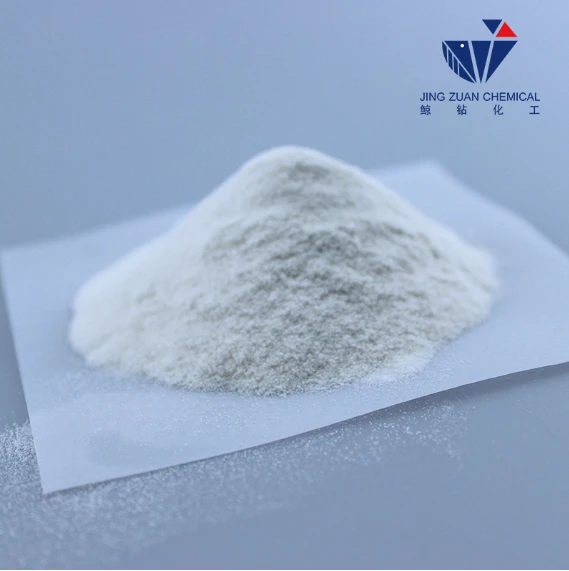
Dec . 03, 2024 17:21 Back to list
Innovative HPMC Applications in Gypsum-based Construction Materials and Enhancements
HPMC for Gypsum Enhancing Performance and Functionality
Hydroxypropyl Methylcellulose (HPMC) is a versatile cellulose ether widely used in various industries, particularly in construction materials. One of its most significant applications is in gypsum-based products, including plaster, wallboard, and cementitious compounds. The integration of HPMC into gypsum formulations has proven to enhance the performance and functional characteristics of these materials, making them more efficient, durable, and user-friendly.
What is HPMC?
HPMC is a non-ionic, water-soluble polymer derived from cellulose, which is extracted from natural sources like wood and cotton. Its unique properties, including high viscosity, film-forming ability, and water retention, make it a valuable additive in many formulations. In the context of gypsum, HPMC plays a crucial role in improving the workability, adhesion, and overall quality of the final product.
Benefits of HPMC in Gypsum Applications
1. Improved Workability One of the most notable advantages of incorporating HPMC into gypsum mixtures is improved workability. HPMC increases the viscosity of the slurry, allowing for a smoother application. This is particularly beneficial in plastering and rendering applications, where a consistent and easily spreadable texture is essential for achieving a uniform surface.
hpmc for gypsum

2. Enhanced Water Retention HPMC exhibits excellent water retention properties, which is critical in gypsum applications. By retaining water within the mixture, HPMC helps to prevent premature drying and cracking. This extended working time allows construction workers to apply and finish plaster or other gypsum materials without the risk of them setting too quickly.
3. Increased Adhesion The bonding properties of gypsum can be significantly improved with the addition of HPMC. The polymer enhances the adhesion between gypsum surfaces and the substrates they are applied to, leading to stronger and more durable finishes. This is especially important in applications such as tiling, where a solid bond is essential to prevent delamination and ensure longevity.
4. Reduced Shrinkage and Cracking Gypsum products can be prone to shrinkage and cracking as they dry. HPMC mitigates these issues by providing a more controlled curing process. The moisture-retentive properties, combined with the flexibility imparted by the polymer, help to minimize shrinkage stresses that can lead to surface imperfections.
5. Sustainability As the construction industry moves toward more sustainable practices, HPMC plays a vital role. Its ability to enhance the efficiency of gypsum products means that less material may be needed, resulting in fewer resources consumed and less waste generated. Additionally, HPMC is derived from renewable resources, aligning with the trend toward sustainable building materials.
Conclusion
The incorporation of Hydroxypropyl Methylcellulose into gypsum formulations has revolutionized the effectiveness and usability of gypsum-based products. By improving workability, water retention, adhesion, and reducing shrinkage, HPMC not only enhances the functional properties of gypsum but also supports the construction industry's shift towards sustainability. As buildings continue to evolve, the role of HPMC in gypsum applications will likely expand, ensuring that materials meet the demands of modern construction while maintaining performance and durability standards. The ongoing research and development in this area promise further innovations, providing solutions that cater to the needs of architects, builders, and homeowners alike.
-
Versatile Hpmc Uses in Different Industries
NewsJun.19,2025
-
Redispersible Powder's Role in Enhancing Durability of Construction Products
NewsJun.19,2025
-
Hydroxyethyl Cellulose Applications Driving Green Industrial Processes
NewsJun.19,2025
-
Exploring Different Redispersible Polymer Powder
NewsJun.19,2025
-
Choosing the Right Mortar Bonding Agent
NewsJun.19,2025
-
Applications and Significance of China Hpmc in Modern Industries
NewsJun.19,2025







